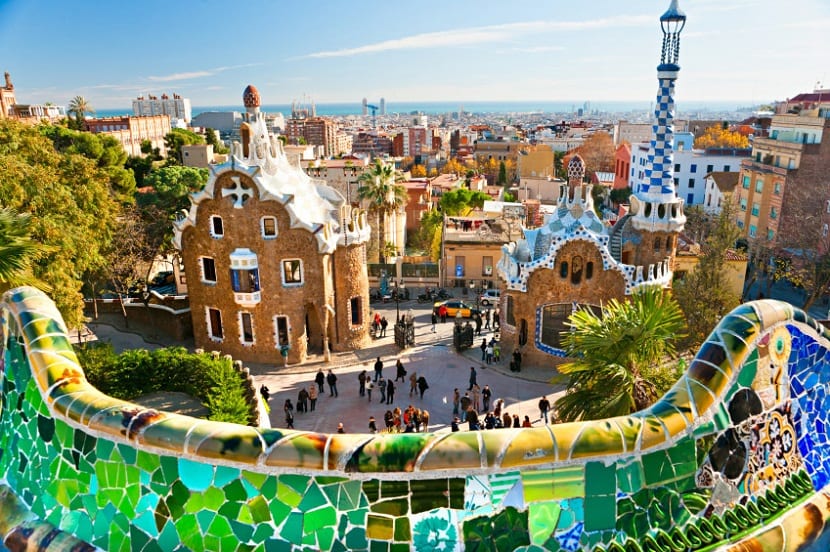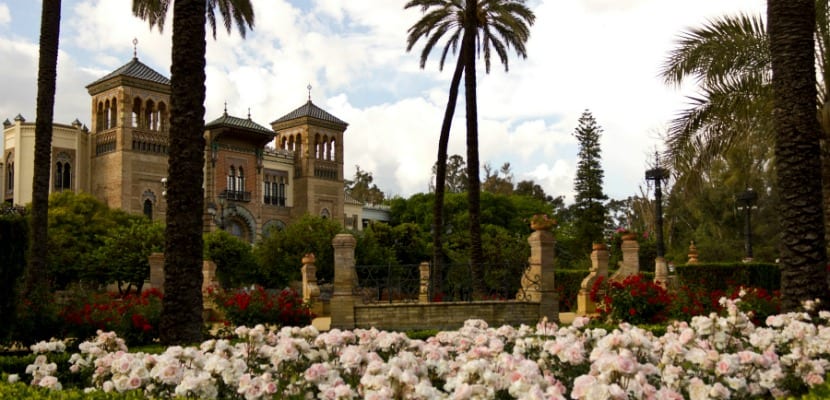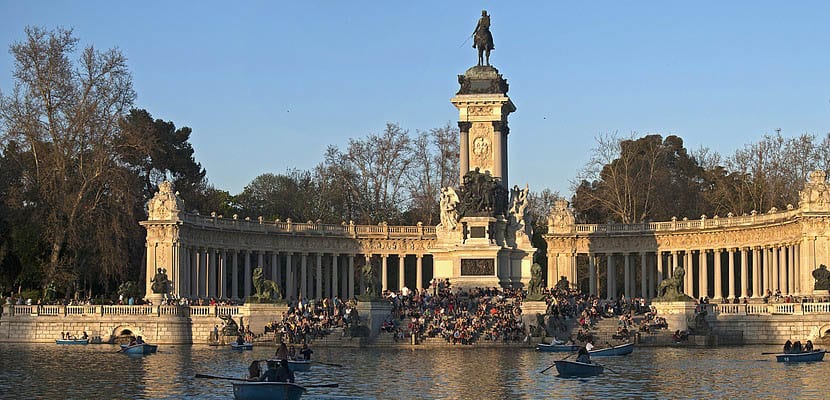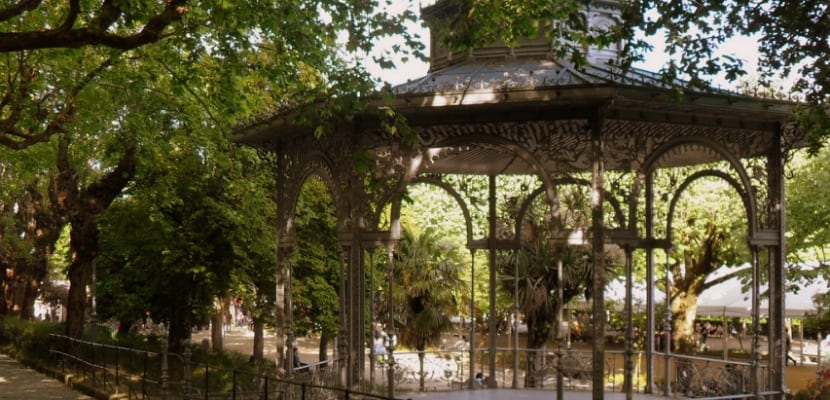
During the winter, taking advantage of the light and heat of the sun to do some kind of outdoor activity is always wonderful. Whether for a simple walk or the practice of a sport, the urban parks of our cities always offer us the possibility of getting in touch with nature and disconnecting a while from the hustle and bustle of the city and the stress of everyday life.
In Spain there are many parks and gardens where you can enjoy a day away from home but These 5 have a special charm that delights visitors and locals. We present them to you after the jump.
Park Güell
The modernist legacy of Antonio Gaudí in Barcelona is simply fascinating: Casa Batlló, Sagrada Familia, Casa Milà… However, the famous Catalan architect not only designed buildings but also unleashed his creativity in the gardens. As a result of his imagination, the Park Güell emerged, a place declared a World Heritage Site by UNESCO in 1984 and with an area of more than 17 hectares full of mosaics, wavy and geometric shapes and inspired by nature.
Inside the Güell Park we find religious symbolic elements that give it an even more special meaning. The architect wanted to take advantage of the unevenness of the mountain of the enclosure to create a path of spiritual elevation that culminated with the visit to the chapel that he planned to build on the top. Finally, this idea was not carried out and was replaced by the Monument to Calvary, from which you have the best views of Barcelona.
What can we visit in Park Güell? Right at the main entrance there are two houses that look like a story. The Casa del Guarda hosts audiovisual exhibitions on the park's past while the other house functions as a store. Another of the most interesting places to visit is the Gaudí House Museum inside the park, where the artist lived between 1906 and 1925.
The epicenter of Park Güell is a large square with a large reptile-like bench covered in mosaics.
For a few years, access to the monumental area has been paid. Tickets can be purchased online or at the box office (€ 8 for general, € 5,60 for children and € 5,60 for seniors).

Maria Luisa Park
One of the most emblematic places in Seville is the María Luisa Park. It receives its name from the youngest daughter of King Fernando VII, who lived in the capital of Seville for most of his life. Her husband, the Duke of Montpensier, lived with her in the Palace of San Telmo and when he died, the infanta donated the palace grounds to the city. It was inaugurated as a Public Park on April 18, 1914 with the name of the Infanta María Luisa Fernanda Urban Park.
After the reform carried out by the French engineer Jean-Claude Nicolas Fourestier, curator of the Boulogne forest in Paris, the María Luisa Park acquired a romantic touch inspired by the Generalife gardens, the Alhambra and the Alcázares of Seville.
The central axis of the María Luisa Park is made up of Mount Gurugú, the Fountain of the Lions, the Isleta de los Patos, the Lotos Pond and the Bécquer roundabout, dedicated to the poet Gustavo Adólfo Bécquer, in which next to the poet's bust, the theme of love is developed.
It is one of the natural jewels of Seville where we can observe the urban fauna of the Seville capital such as ducks, swans or peacocks.

Buen Retiro Park
Centuries ago the Parque del Buen Retiro was located on the outskirts of Madrid but today it is immersed in a jungle of asphalt, buildings and cars. So it is nice to have this green lung in the heart of the city.
With 125 hectares and more than 15.000 trees, the Buen Retiro Park has its origin in the seventeenth century when the Count-Duke of Olivares, valid of King Felipe IV, gave the monarch some land for the exclusive use of the royal family. There the kings came to spend days in the open air when the weather was favorable and its access to the rest of the public was restricted until with the Glorious Revolution of 1868 it became municipal property and was opened to all citizens.
Today it is one of the most iconic tourist places in Madrid. Some of the most interesting places to visit here are: the pond, the crystal palace, the Velázquez palace, the Vivaces garden, the gardens and rose garden of Cecilio Rodríguez, the gardens of the architect Herrero Palacios and the Parterre Francés with the Ciprés Calvo, the oldest tree in Madrid of Mexican origin which is said to be around 400 years old. There is no excuse not to take a walk or bike ride to enjoy it!

Alameda Park
In the last section to the Cathedral of Santiago de Compostela, a perfect place to take a break and rest is the Parque de la Alameda, which is made up of three different parts: the Paseo de la Herradura, the Paseo de la Alameda and the Carballeira de Santa Susana.
Very close to the city's seo, its location is privileged and over time it became the main urban garden in Santiago and the favorite place of many locals. to take a walk contemplating its flora and its striking nineteenth-century and modernist buildings as well as its sculptures and statues. Without a doubt, a relaxing and welcoming space in which to enjoy nature.

Turia Garden
It is the largest urban park in Spain, with 110 hectares that cross practically all of Valencia, and one of the most visited in the country.
The Turia Garden was born when a tremendous flood gave rise to an empty lot that decided to be used for the leisure of the citizens. Hundreds of people come here to spend the weekends and enjoy an outdoor picnic surrounded by magnificent views of the avant-garde City of Arts and Sciences.